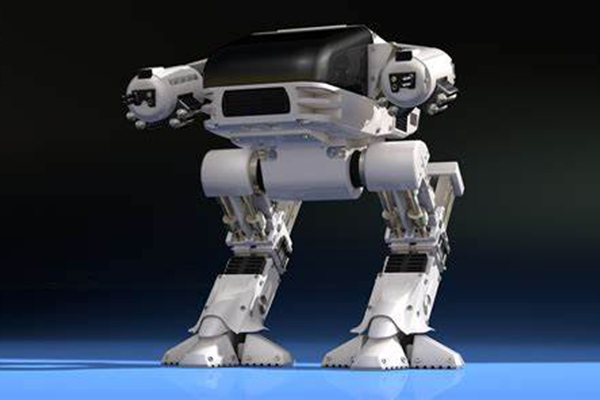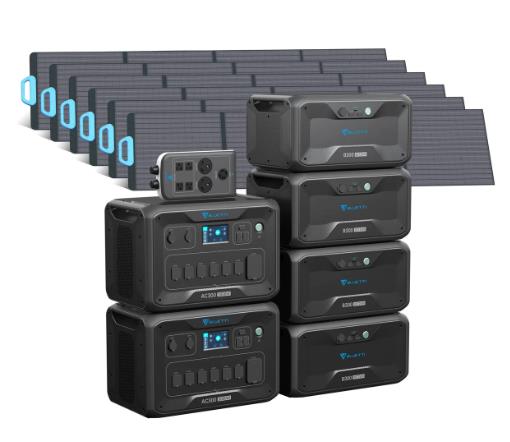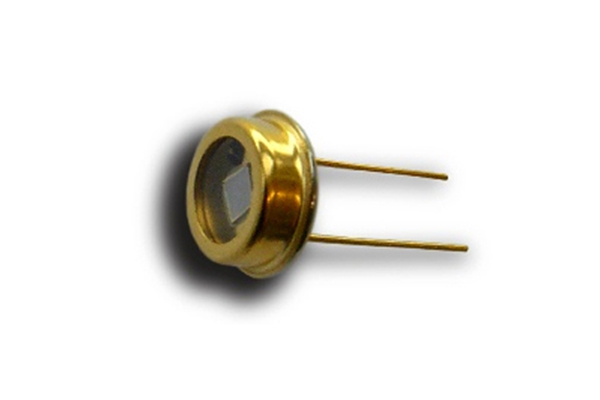With the increasing integration of robots into various environments, such as factories, warehouses, hotels, malls, and restaurants, the importance of their mobility capabilities has grown significantly. As a result, obstacle avoidance has become a critical and necessary feature.
Obstacle avoidance refers to the ability of a mobile robot to detect and effectively avoid static and dynamic objects that obstruct its path using sensor data and specific algorithms. Sensor technology plays a crucial role in achieving obstacle avoidance in mobile robots by providing information about the surrounding environment, including the size, shape, and position of obstacles. In this blog, we will explore the details.
Lidar Sensor:
Currently, lidar sensors are commonly used in robot obstacle avoidance systems. As an essential sensor in autonomous driving and robotics, Lidar acts as the “eyes” of the robot by scanning the surrounding environment in a 360-degree range and creating high-precision maps at the centimeter level, which assist in subsequent obstacle avoidance and navigation tasks.
One popular example of a compact lidar module is the TFmini Plus. It is a small-sized lidar module based on Time-of-Flight (TOF) principles, designed to achieve stable, accurate, and high-frequency distance measurements. It finds wide applications in pedestrian detection, vehicle detection, altimeters, and robot fall prevention.
However, relying solely on lidar as the sole obstacle avoidance sensor may not be sufficient in complex environments. Supplementing the robot with other sensors, such as ultrasonic sensors is essential.
Ultrasonic sensors have a low cost and are easy to implement. They can detect transparent objects and have the advantage of recognizing materials like glass and mirrors. One example is the MaxBotix Ultrasonic Proximity Sensor – MB1004, which provides high/low-level alarm signal outputs for close-range detection and can measure distances up to 213 cm. It is suitable for pedestrian detection, parking detection, and other applications.
The MaxBotix MB1004 is an ultrasonic proximity sensor designed for human body detection. It features a high/low-level alarm signal output and can detect objects within a range of up to 213cm. It is commonly used for pedestrian detection and parking detection. When a person enters the detection range, the MB1004 outputs an alarm signal that transitions from low to high. Additionally, it can output the specific distance to the target using RS232. The MB1004 is a cost-effective ultrasonic sensor for human body detection and finds applications in proximity area sensing, pedestrian detection, kiosks/information booths, robot navigation, autonomous navigation, multi-sensor arrays, and short-range detection.
Key Features of the MaxBotix MB1004 Human Body Detection Sensor:
- A low-cost solution for close-proximity target detection.
- Fast measurement cycle.
- Ultra-low power consumption is suitable for battery-powered systems.
- It can operate in free-run measurement mode or external trigger mode.
- Wide supply voltage range of 2.5V to 5.5V.
- Can output high/low-level alarm signals.
Advantages of the MaxBotix MB1004 Human Body Detection Sensor:
- Low cost.
- Up to 20 sensors can be used simultaneously in the same environment.
- Reliable proximity distance information.
- It can also function as a rangefinder (reports distance measurements via serial communication).
- Mounting holes on the circuit board for easy installation.
- Fast measurement cycle.
- Extremely low power consumption, making it ideal for multi-sensor operations or battery-powered systems.
- Output allows users to obtain reliable proximity information in any microcontroller with serial data, 0~Vcc, and a baud rate of 9600 81N.
- Users can choose any of the available output formats.
- It can be triggered internally or externally.
- Nominal NRE charge for object detection and recovery time.
- High-quality beam characteristics.
- Low power consumption for proximity sensing.
Applications and Uses of the MaxBotix MB1004 Human Body Detection Sensor:
- Proximity area sensing.
- Pedestrian detection.
- Kiosks/information booths.
- Robot navigation.
- Autonomous navigation.
- Multi-sensor arrays.
- Short-range detection.
For applications requiring readings with 100% reliability, using MaxSonar sensors when the measured distance is below 6 inches is not recommended. Although most customers have found that MaxSonar sensors can reliably detect objects in environments ranging from 0 to 6 inches, MaxBotix cannot guarantee measurement reliability for distances below the specified minimum distance. Due to the physical characteristics of ultrasound, these sensors cannot achieve 100% reliability in close proximity situations.
FAQs:
Differences between Ultrasonic and Lidar Sensors:
Ultrasonic sensors and lidar sensors have distinct characteristics that make them suitable for different applications in robot obstacle avoidance. Ultrasonic sensors have the advantages of low cost, simplicity of implementation, and the ability to detect transparent objects. However, they have limitations such as limited detection range and lower accuracy in identifying complex object contours. On the other hand, lidar sensors provide high-precision distance measurements and can create detailed 3D maps of the environment. They excel in long-range detection and accurate perception of object positions. However, lidar sensors are typically more expensive and may have difficulty detecting transparent materials.
Conclusion:
Both ultrasonic and lidar sensors play important roles in robot obstacle avoidance. Lidar sensors provide accurate long-range measurements and high-resolution environmental maps, while ultrasonic sensors offer close-range detection and the ability to detect specific materials. Combining these sensors can enhance the overall obstacle-detection capabilities of a robot, allowing it to navigate complex environments effectively.




